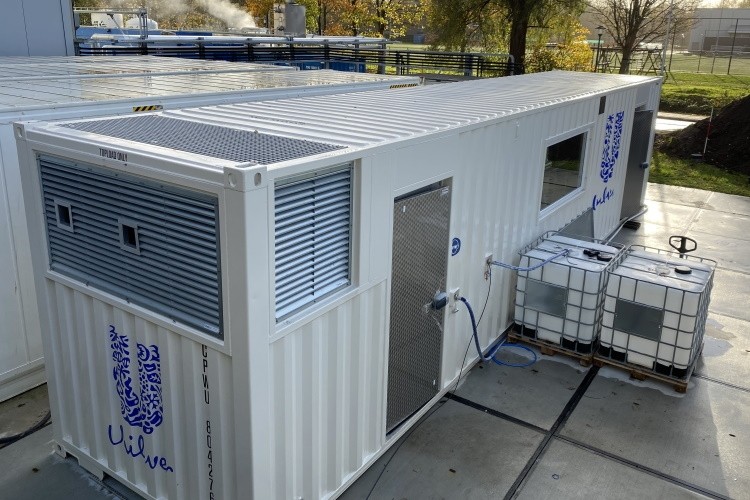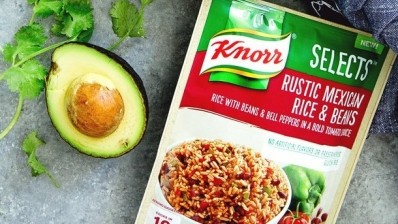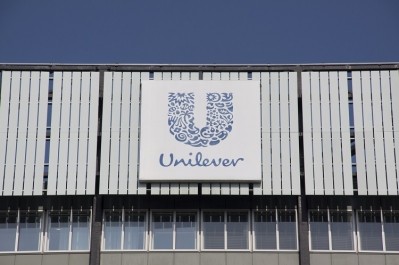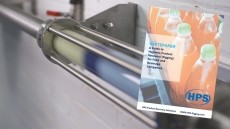Unilever tests nano factory: ‘This trial is assessing a de-centralised production model’

Unilever operates more than 300 factories across 69 countries. These large-scale facilities are designed to manufacture products in large quantities, at high speed.
But what happens when the company needs to produce smaller volumes, perhaps to test a market before a full-scale launch? Often, it isn’t commercially viable to use a mass production line as switchover is a time-consuming process.
At other times, Unilever may need to respond quickly to rapidly chancing demand in local markets. This necessity was particularly underlined by the COVID-19 pandemic, which saw massive swings in demand. When you are designed for mass production, it isn’t easy to increase or decrease production at speed.
A team of Unilever engineers has developed an answer to these issues: the company's first so-called 'nano factory'.
This is a fully-functioning, mini production line that fits entirely into a 40-foot shipping container. The small space houses everything needed to produce a batch, from the point where raw materials go in at one end to where finished products come out at the other – bottled, capped and labelled.
The digital factory is currently being trialled in Wageningen in he Netherlands. From the end of this month, the prototype will produce liquid bouillon for Unilever’s Food Solutions business, with the possibility of expanding production to mayonnaise, ketchup and ice cream in the future.
“This trial is assessing a de-centralised production model and there are many benefits of this: a faster market response time (these containers can be shipped around the world, bringing them closer to markets), a reduced carbon footprint, a smaller-scale agile model and enhancing livelihoods by sourcing fresh and local ingredients,” Olivera Trifunovic, Unilever Engineering Manager and project lead of the travel factory, told FoodNavigator.
Agile and mobile production
Because the facility is built in a shipping container, it can be transported on the back of a truck to wherever it is needed. All that’s required is an electricity cable and hose pipe for the nano factory to be operational.
The facility is run by a central Platform Eco System (PES) that uses live production data. Sensors on the line feed data back continuously, so adjustments can be made, and any problems fixed, quickly.
The factory requires approximately two to three operators per container.
The equipment in the container covers the end-to-end automated process, from raw materials to cooking through to packaging. The test model at Wageningen will produce 300-tonnes of liquid seasoning per eight-hour shift.
“This travel factory reflects a new dynamic model where thousands of nano factories could be run from a central system, allowing us to have flexible production lines wherever, and whenever, needed,” Trifunovic explained.
A factory of the future
If the travel factory trial is successful, this innovative production solution could expand to other parts of the Unilever portfolio, including beauty and home care products.
“If the trial is successful, there will be an increased focus on rapid prototyping. The intention is never to match the output of a large factory. However, if needed, we could incrementally increase production with any number of these units,” Trifunovic explained.
“The purpose of this trial is to test out small-scale production. We will evaluate the market potential and market opportunities and have a look at long-term plans. Then the unit will either remain in place or be redeployed to a new area.
“We can see a future where we have a truly dynamic model, with thousands of local production lines all over the world instead of one big one in a massive building. We have a completely movable asset that you can pick up and drop anywhere.”
The company also plans to lease, rent or sell production units to entrepreneurs, opening up the opportunity for new ways of working to others.

























